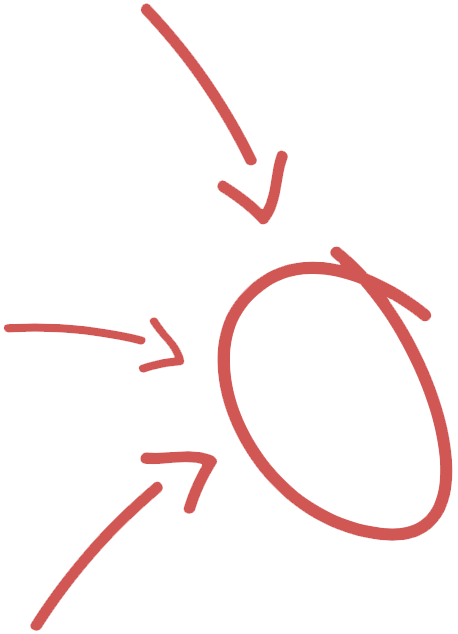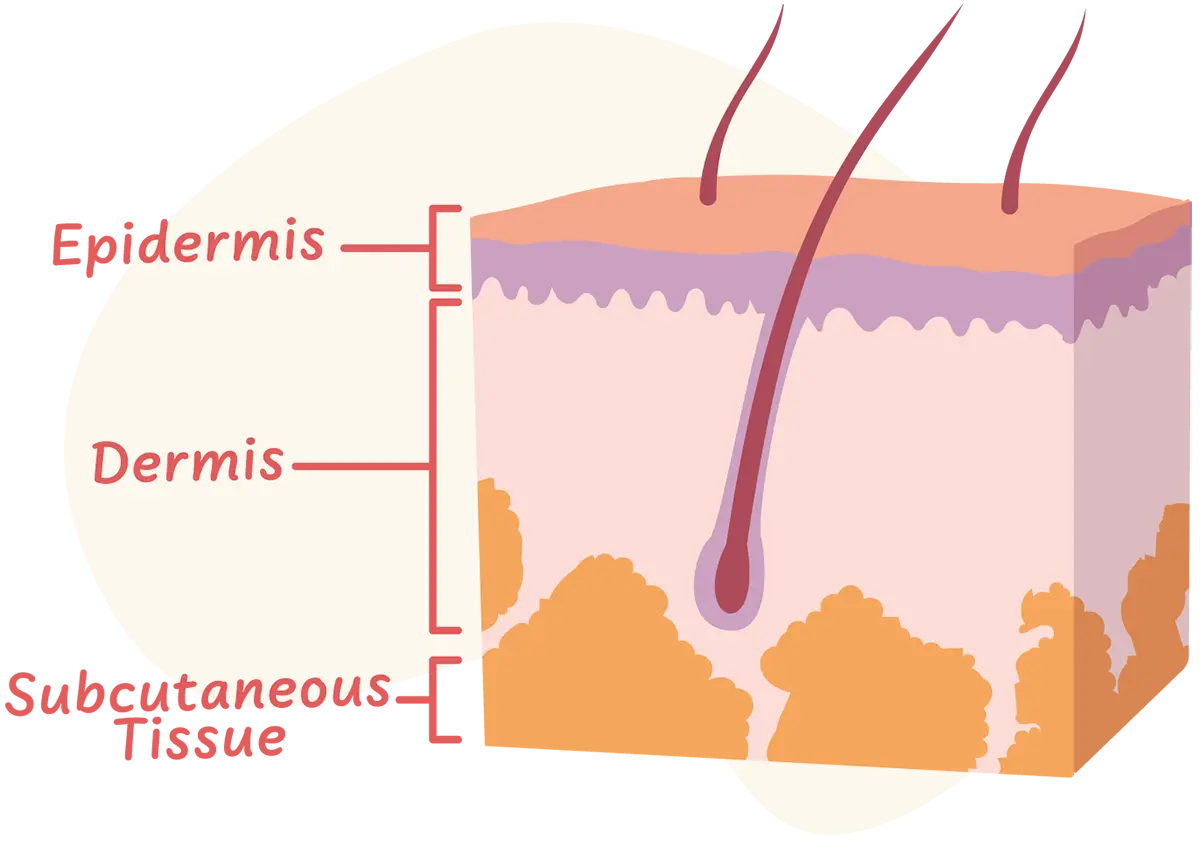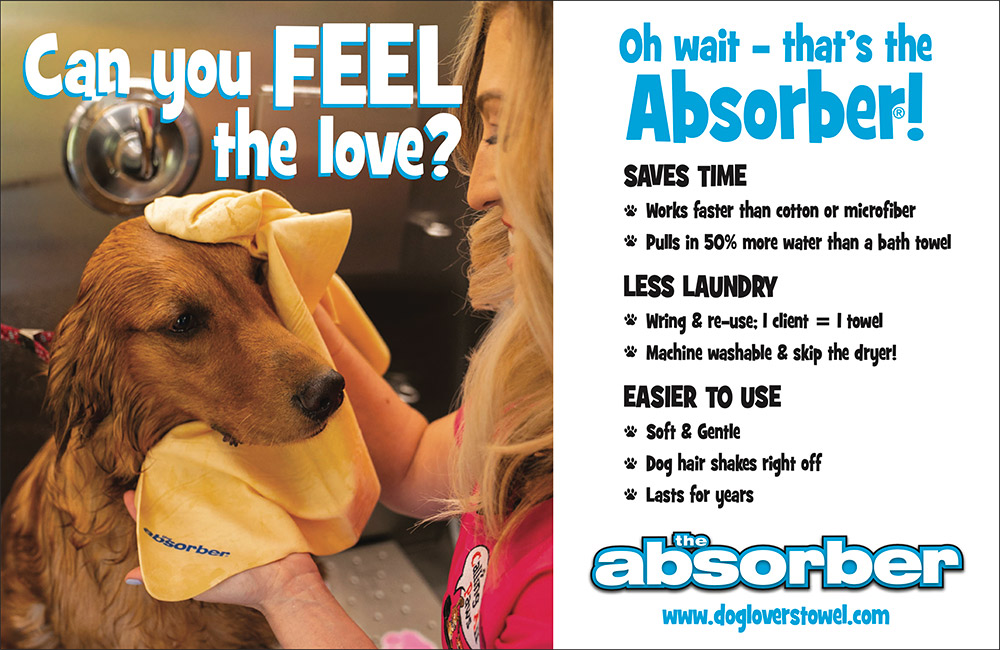


by Jennifer Bishop Jenkins

n Earth, where we humans and our pets live, our calendars are divided into periods of time called months. This thing called a month exists in every culture and language, and it drives the organization of our time. However, it is much more than a numeric habit passed down from thousands of years ago—it is an actual natural thing. So, first, a tiny lesson in Earth Science, one of my favorite subjects…
Originally, the idea of a month came about from clear observations of our Earth’s moon, cycling from full moon to new moon every 28 days or so. Much of nature is affected by these patterns, such as the tides in our oceans, the seasons and the changes in weather. Even our human bodies are tied to these natural monthly cycles, including fertility and reproduction. We are monthly creatures living on a planet where all these natural cycles of time are built into the very Earth we live on shared by all living things, down into our very cells.
The Grooming Connection
The skin and hair system mammals have is called the Integumentary system. While it differs from species to species, we all have in common that skin and hair is made of keratin proteins, and that hair is an extension of filaments of keratins emerging from the skin. But most importantly for our discussion, skin has layers. And it is the monthly cycles of these layers that makes monthly grooming a necessity.
The broad categories of skin layers in a dog are, on top, the Epidermis; under the Epidermis lays the Dermis; and at the base of the skin is the Subcutaneous Layer. There are more complex components of these layers, but that is the general structure. As with all mammals, new skin cells rise from below to finally reach the surface, and then slough off.

The cycle of the formation of new skin cells below, rising from the basal layer to the stratum corneum and the surface, then shedding off, is called the keratinization cycle. The keratinization cycle in dogs takes approximately 21 days. For humans it takes longer. But this is why grooming (bathing, conditioning, brushing and combing hair, etc.) must be at least monthly for dogs. When skin cells reach the surface and need to fall off, they will begin to crust over and clog the outer layers of the skin.
Conditioning in a separate step is then critical. Since soap has washed away the oils, the skin will be stressed, even injured, and can be very uncomfortable for the dog unless the sebum layer is restored with good-quality conditioners. The dog’s coat type matters in determining what kinds of products we want to use to help the skin and coat work well for our clients.
All canine skin needs oils, minerals and moisturizers, but different breeds of dogs need them in different amounts. Short coats need more oil. The natural/normal fur coats of medium length in most dogs need more minerals because of the more constant shedding and making of new hairs. They require more of the building blocks of new hairs: magnesium, phosphorus and calcium. And long coats need more moisturizers—humectants, emollients and collagen to protect the ends of the hair furthest away from the skin.
This is another reason why short shaves can do long-term harm to delicate but important skin. Sunlight to the skin kills the immune system in the Langerhans cells, leading often to skin cancer. Sebum cannot get to the surface to protect the skin without the hair in the follicles. The sebum travels out onto the skin via the hair and the follicles to do its job as a protective barrier to the skin. This is also why hairless dog breeds must be treated daily; to wick away the dead skin cells that crust over, and then protect the skin with an appropriately light and nourishing oil.
So here we confront the real issue: Should we be requiring our clients to come on a monthly schedule? I do. And it has been easier to implement than I ever imagined. It is just the normal routine for our hundreds of active clients. However, there are exceptions to every rule.
If the client cannot afford my services that often, then I sell them good shampoos, conditioners, brushes and combs, and I take time to teach them how to do all this themselves at home. Often, they find it is well worth it to pay me to at least do a bath/condition/brush-out monthly rather than trying to deal with the mess of it at home.
Several families realized that their failure to regularly groom their pets was leading to higher vet bills. Some were upset with themselves for not caring for their dogs the way they should, because no one ever took time to teach them about what was proper minimal care.
Visual aids are very important to show them exactly what we are talking about. I printed up photos and diagrams of dog skin (easily found online) and laminated them. I explain the keratinization cycle while showing them pictures, stressing how natural all this is and how it is unavoidable. This is part of owning a dog; of being a mammal.
I can imagine this requirement sounds harsh, maybe even bad for business. But my experience has been the opposite. Since I take time to educate clients lovingly and knowledgeably on the biology of this, they know it is all driven by both my expertise and my love for their dog—not something I had made up just to line my pockets. I don’t get bossy or demanding about it. I rarely have had to do anything more than pull out my skin diagrams and explain it all. Many quickly learned that a four- to five-week schedule kept de-matting charges down, and their cleaner, more comfortable dog much easier to live with.
This monthly need to clean and repair dogs’ skin is not some arbitrary schedule based on groomer economic need, nor is this optional for the pet because of owner preference, budget or schedule. This is a requirement for the health of the dog that is based on the very natural functioning of the cells in their skin. Monthly grooming is in tune with nature’s beautiful song; it is knowledgeable grooming; it is loving grooming.


